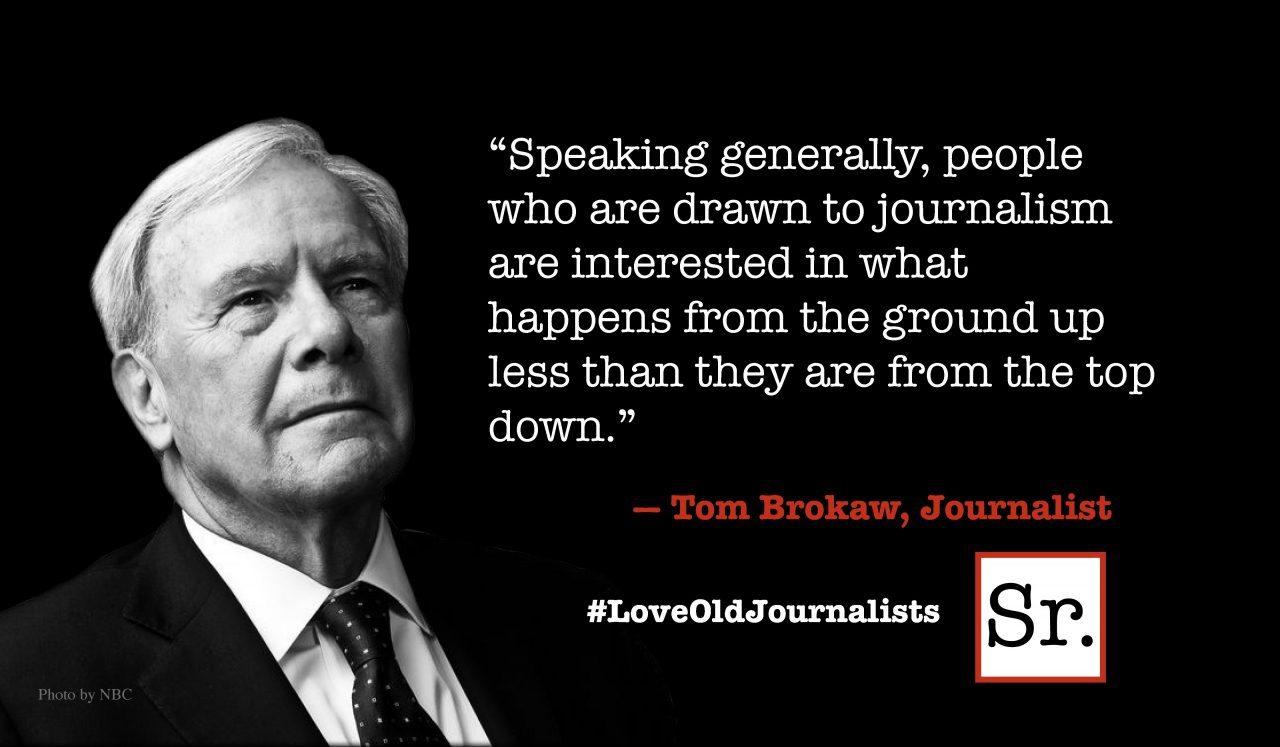“The Girl on the Train” is something of an anomaly — an otherwise mediocre film containing an Oscar-caliber performance.
That the award-worthy performance comes from Emily Blunt should surprise no one. This English actress has an uncanny ability to meld with diverse screen incarnations (she’s played Queen Victoria, a modern dancer, a futuristic kidkass Marine, an ethically compromised FBI agent). As Rachel — the alcoholic, anguished, out-of-control heroine of Paula Hawkins’ best-selling novel — Blunt is, by turns, painfully compelling and utterly alienating.
Too bad that the rest of Tate Taylor’s film is indifferent.
One could argue with some of the Hollywoodization at work here. The novel is set in Great Britain and its heroine is a slightly zaftig, sad sack who comes off like a tormented Bridget Jones. The film, on the other hand, takes place in a bucolic suburb of New York City and Blunt can hardly be called overweight.
But that’s not the real problem. No, the film’s downfall is the screenplay by Erin Cressida Wilson, a hodgepodge of narrative feints that makes it almost impossible to relate to any of the characters and which leaves the cast members to emote to no good end while director Taylor (who had a vastly better film with “The Help”) must try to pave over the narrative hiccups and improbabilities with a slick visual style.
You can almost feel the desperation.
We first encounter Blunt’s Rachel on the commuter train that takes her to the city every day. As the train passes the neighborhood where she used to live with her now-ex husband, Rachel is always on the lookout for the beautiful young blonde woman who lives just a few doors down from her old home.
That would be Megan (Haley Bennett), who likes to lounge on her balcony (facing the train tracks) in her skimpy undies. Megan has a husband, Scott (Luke Evans, of the “Hobbit” franchise), and frequently Rachel can see the couple passionately spooning through the windows or around a fire pit in the back yard.
In voiceover narration Rachel tells us that she has built a huge romantic fantasy around the couple. She doesn’t know them, but between slugs of vodka (she keeps the booze in one of those plastic sports-drink bottles), Rachel imagines herself part of their loving scenario.
Uh, have I mentioned that since her divorce Rachel has become a pathetic basket case?
Turns out that Megan is currently the nanny for Rachel’s ex, Tom (Justin Theroux), and his new wife Anna (Rebecca Ferguson). Poor needy Rachel is making life impossible for the couple, phoning at all hours of the day and night, and on one occasion sneaking into the house and walking out into the yard with their new baby. (Rachel and Tom couldn’t conceive, and this failure haunts her.)
To complicate matters, on one trip to the Big Apple, Rachel sees Megan making out on her balcony with a strange man (turns out it’s her therapist, played by Edgar Ramirez). That perplexing incident (what kind of boneheaded shrink not only sleeps with a patient but makes out with her in public?) will come into play when Megan goes missing and Rachel decides to help the police in their investigation by claiming to be the vanished woman’s friend.
Problem is, Rachel is an extremely unreliable witness. Not only is she a stalker and given to violent outbursts, she suffers from periodic alcohol-induced blackouts — in one instances waking up in her bed in bloody clothing. Small wonder the lead investigator (Allison Janney) wonders if Rachel isn’t somehow involved in Megan’s disappearance.
At the beginning of the movie all three lead females characters — Rachel, Anne and Megan — tell their own stories through voice-over narration. But that technique is quickly abandoned, leaving the viewer with the feeling that this was all the screenwriter’s lazy way of telling us about the characters without actually showing us.
But then the film keeps virtually all the characters at arm’s length. They’re not so much people as pawns in mystery chess match. And if you don’t care, nothing matters. This is especially true in the film’s last-act reveal, which will elicit more yawns than dropped jaws.
The one bright spot in all this is Blunt. Her Rachel is a wreck of a woman, from the desperate look in her eyes to the gin-blossom blush on her cheeks and nose (Blunt appears to be wearing little or no makeup).
The actress is walking a very fine line here. Every time we want to feel for Rachel the character does something so self-destructive or threatening that we flinch and back off.
One can only compare her work here to that of Robert DeNiro in “Raging Bull.” It’s a performance that dares us to care. Of course, DeNiro won the Oscar for that role, so…









